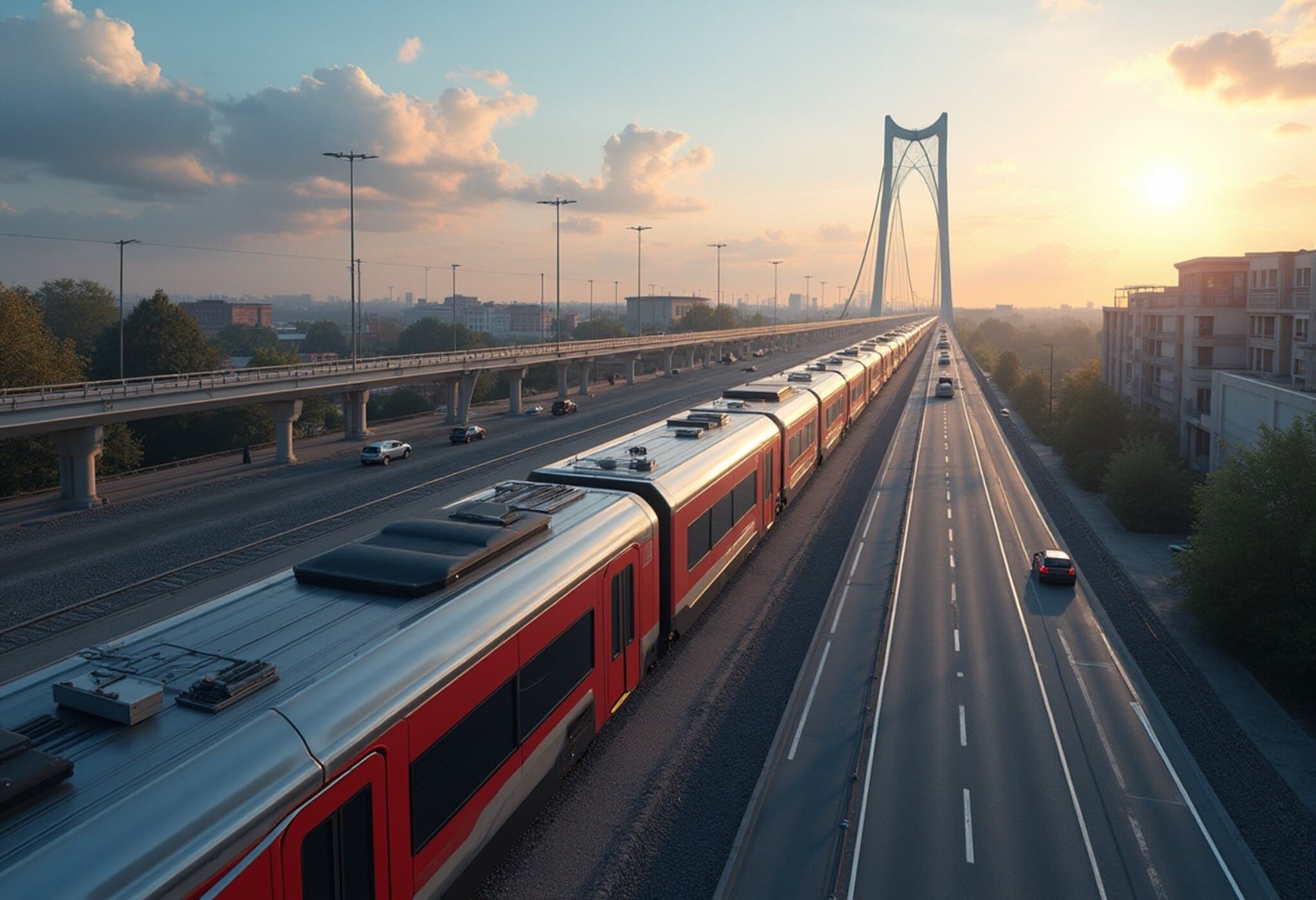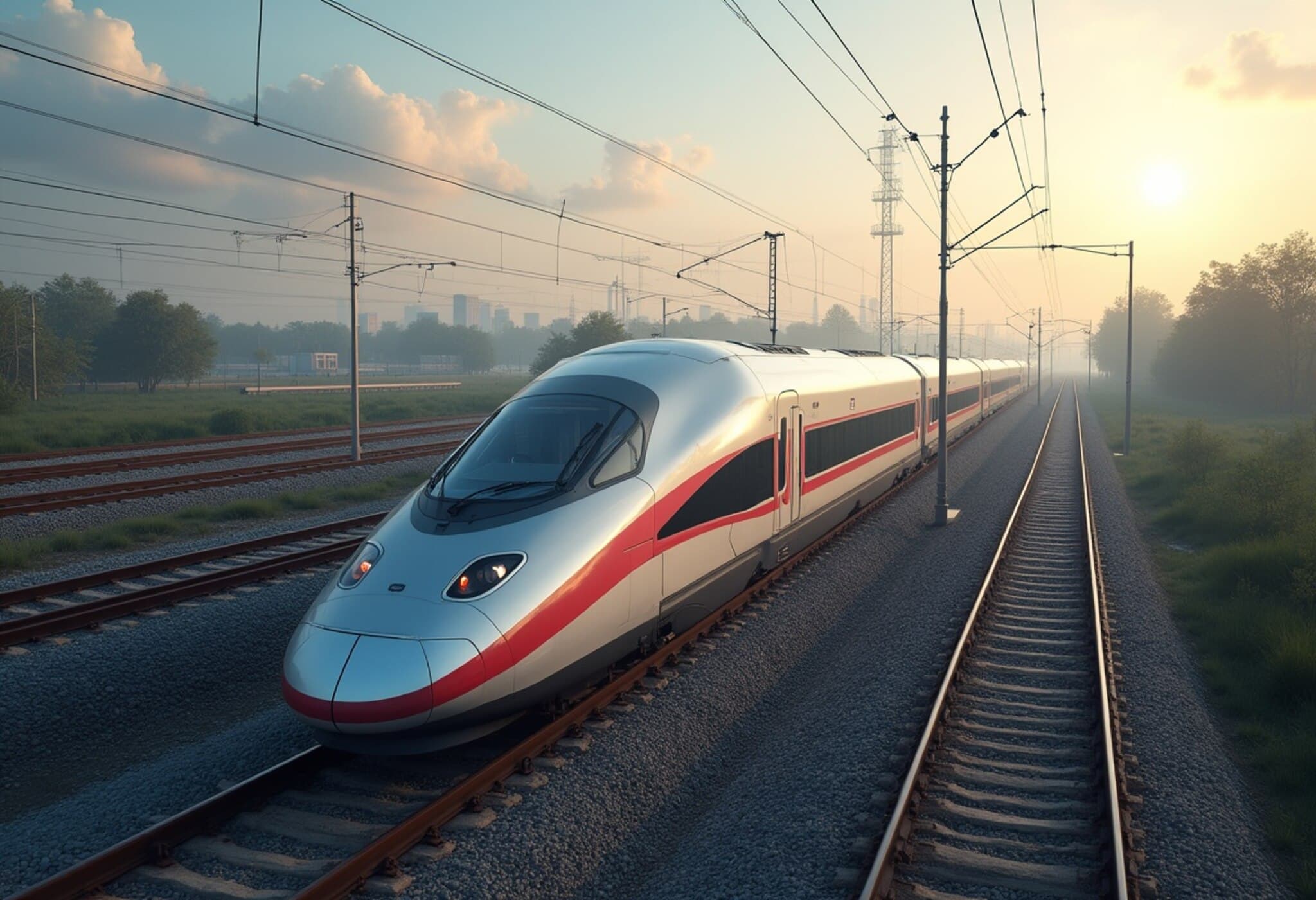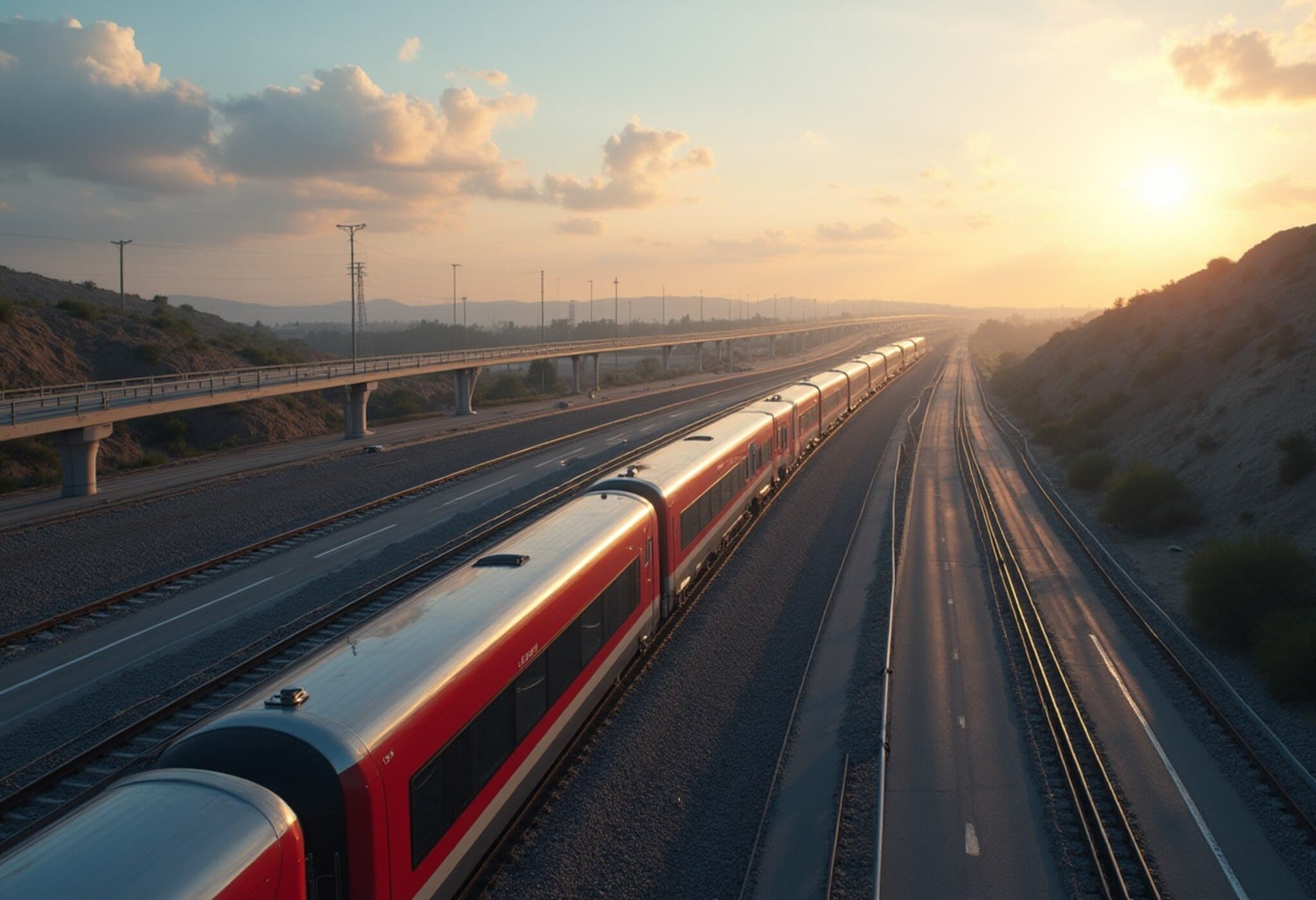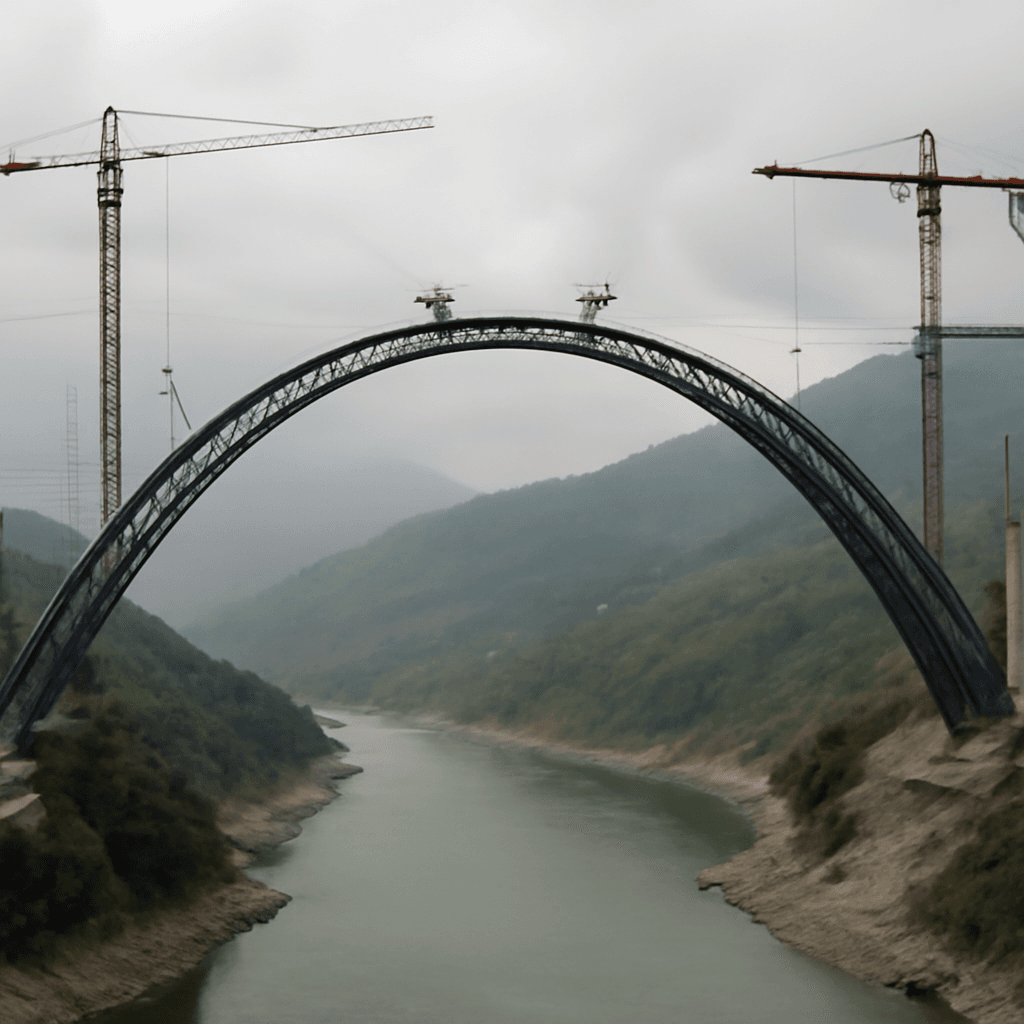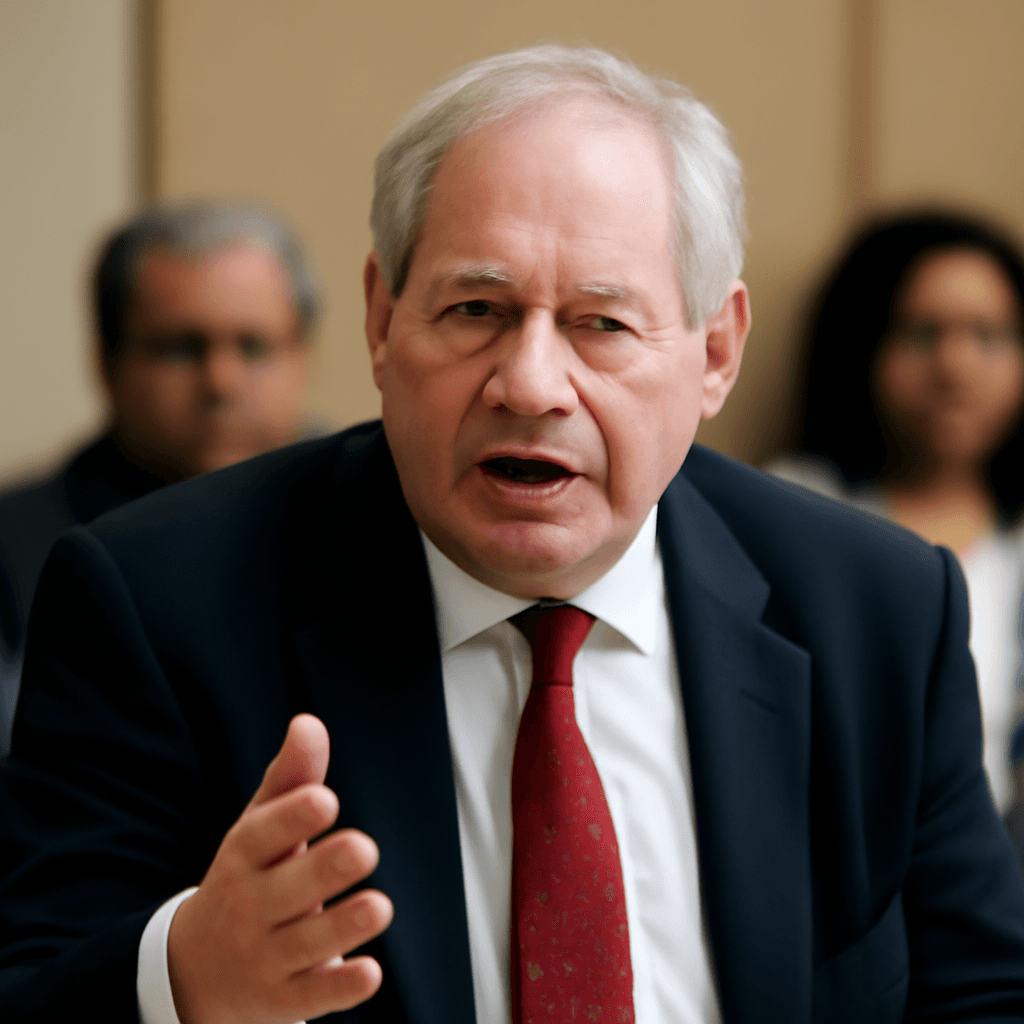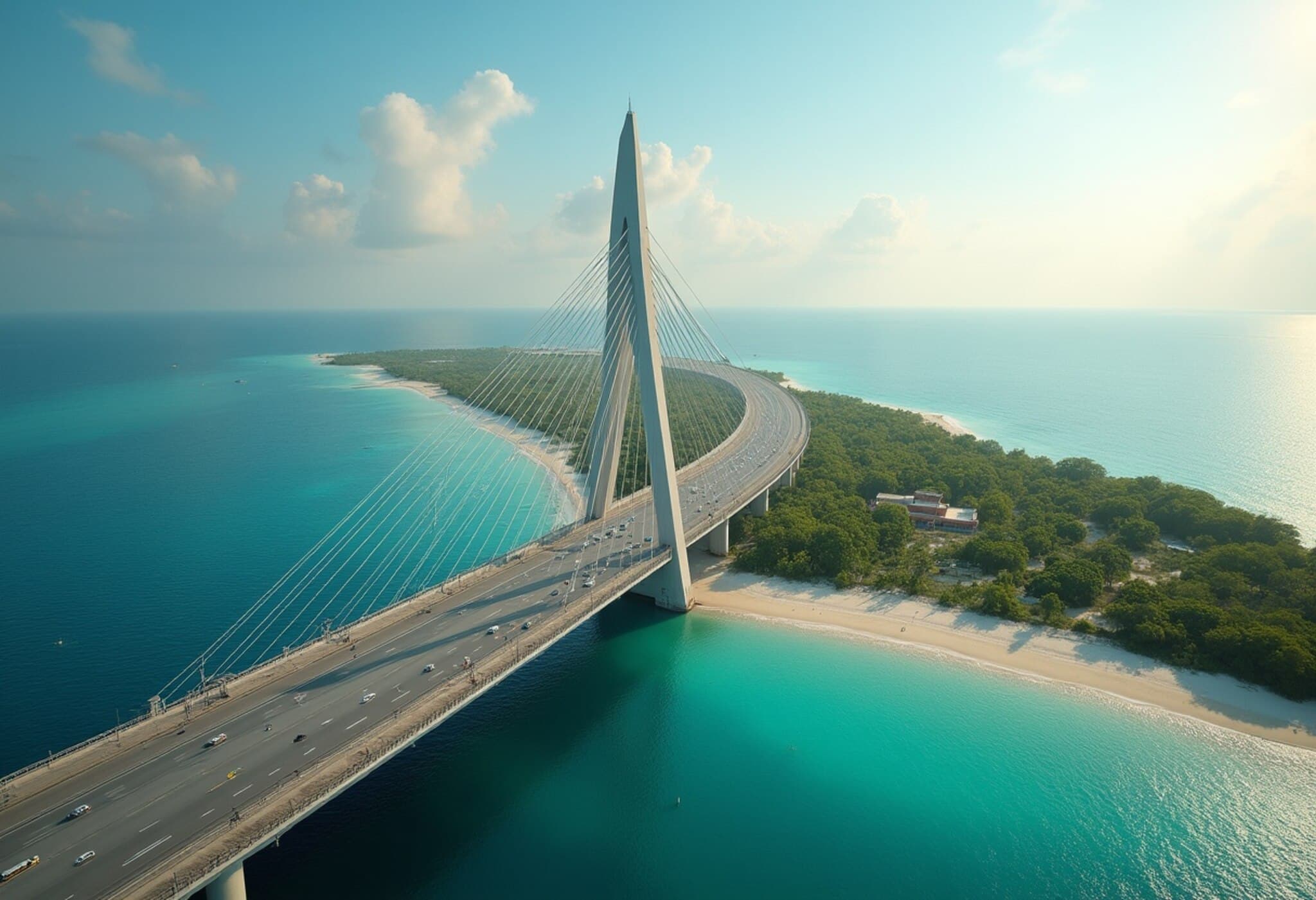Introduction to the Chenab Railway Bridge
The world's tallest railway bridge has been inaugurated over the River Chenab in Jammu and Kashmir. This landmark infrastructure project is part of the Udhampur-Srinagar-Baramulla Railway Link (USBRL), aimed at enhancing connectivity in the region.
Engineering and Design Features
The Chenab Bridge stands at an impressive height of 1,178 feet above the riverbed, making it taller than the Eiffel Tower. It is a steel arch bridge with a total length of 1,315 metres and a main arch spanning 467 metres (approximately 1,532 feet).
Engineered to endure extreme environmental conditions, this bridge can withstand strong winds exceeding 260 km/h and significant seismic activity. Experts designed it to have a lifespan of 120 years, ensuring long-term durability and safety.
Structural Components and Materials
- The bridge incorporates approximately 28,000 tonnes of steel.
- Construction involved the use of 600,000 bolts and the installation of 17 spans.
- It comprises 93 deck segments, each weighing around 85 tonnes, which were innovatively launched from both ends of the valley.
Project Timeline and Cost
The Chenab Railway Bridge project was approved by the government in 2003. After 22 years of meticulous planning, engineering, and construction, it has now been completed. The project cost exceeded Rs 14,000 crore, reflecting its scale and complexity.
Significance and Impact
Beyond its engineering feats, the Chenab Bridge symbolizes national integration and technological advancement. It is expected to substantially boost tourism, commerce, and connectivity in Jammu and Kashmir by linking the Kashmir valley seamlessly with the rest of the country.
The USBRL project as a whole is a game-changer for regional development, enhancing transportation efficiency and promoting economic growth.


